Saturday Shoutout / Vokey & McMillan on Steelhead

If you love steelhead, you don’t want to miss this.
Ever wandered what makes a common rainbow trout head for the ocean and become a steelhead? Or why it brother does not? Well, so has biologist John McMillan. Enough to dedicate his life to answering that question and many others about steelhead.
April Vokey sat down with McMillan recently for a podcast on the subject. It’s one of the most informative talks I’ve heard on the subject. If you’re interested in steelhead, it’s one you don’t want to miss.
CHECK OUT APRIL’S DISCUSSION WITH JOHN MCMILLAN
Read More »New Fishing Packs From Fishpond

Fishpond fishing packs just keep getting better!
The new line-up of packs from Fishpond is pretty impressive. They picked up a couple of awards at IFTD for designs that focus on comfort, function and water proofing. I’ve been using the new Thunderhead dry pack for a while now and absolutely love it. Look for a full review on that one soon.
Also worth special mention of the Drifty boat caddy. A great organizer pack that hangs on your boat or mounts on a cooler. Anyone who owns, or regularly fishes from, a boat is going to love this.
CHECK OUT THIS VIDEO TO SEE ALL THE NEW PACKS FROM FISHPOND.
Read More »Fly Fishing: Does Your Fly Patch Look Like This?
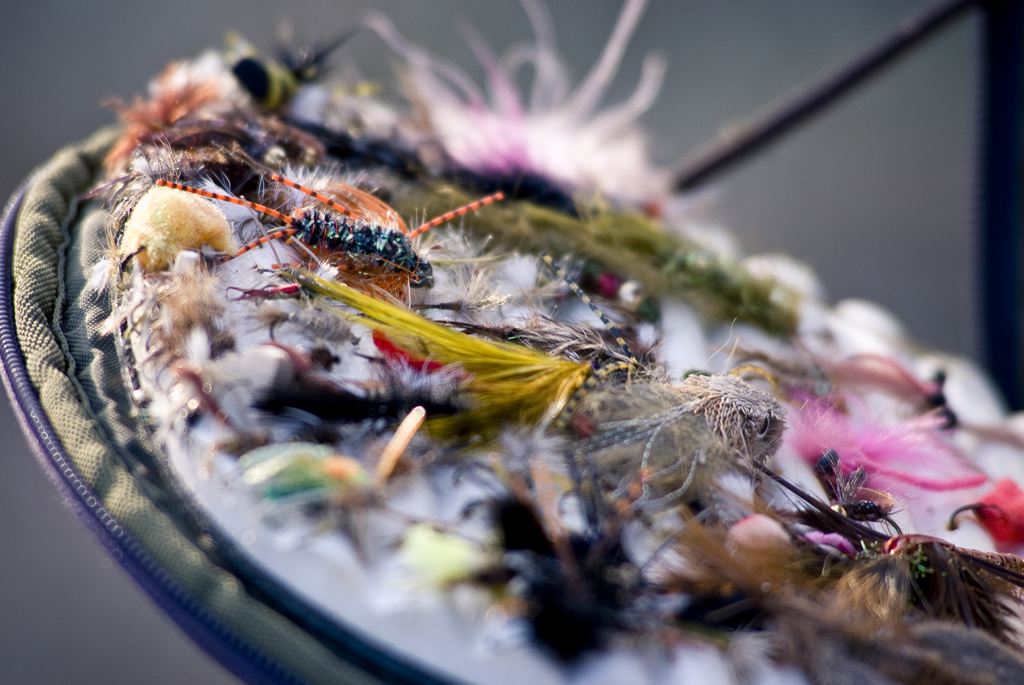
Do yourself a favor and clean out your foam drying patch on your pack, during the cold months, when you’re not going to be on the water for a while. You’ll be surprised how much your fly boxes will fill back up once you’ve done a thorough cleaning, and also just how much trash you’ve accumulated over the past season in the bottom of your packs. I’ve got a horrible habit of leaving my flies on my drying patch day in and day out. I use my drying patch as a fly box in itself and although it saves me some time on the water when I’m guiding, it ends up destroying dozens of flies during the season. That translates into quite a bit of money thrown down the drain, and significant time lost at the tying bench that could have otherwise been avoided. Don’t let your fly drying patches get out of control. They’re not meant to be used as permanent fly storage, rather, they’re a place to organize flies for your day out on the water or for drying fly patterns out until you can safely put them back in the appropriate fly boxes.
Read More »2 Great Hosted Trips For Steelhead and Bonefish
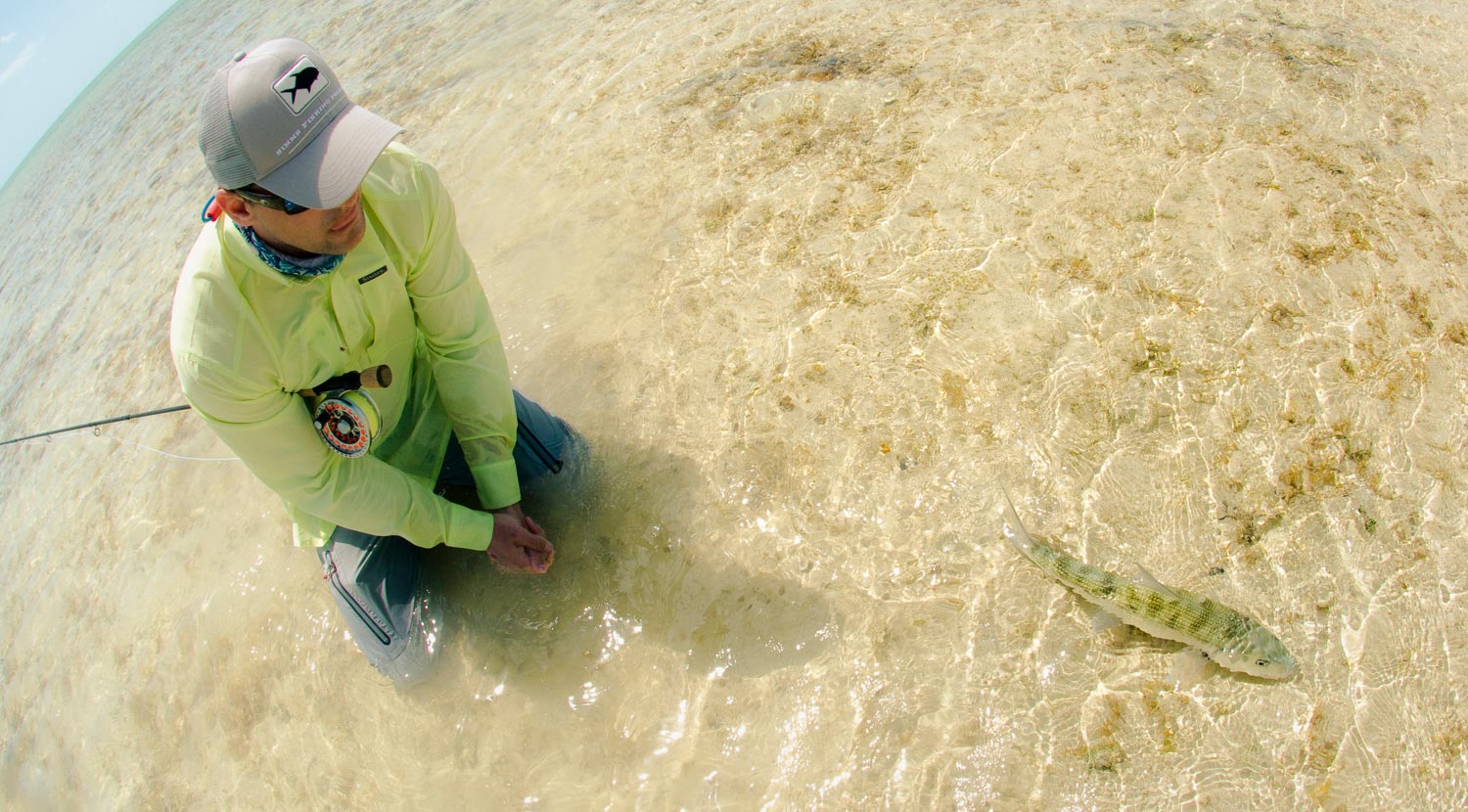
Gink and Gasoline hosted fishing trips are a great way to make new friends and up your game on the water. I put together several trips a year to fish with G&G readers and share some of the best water I know. They are more than great fishing trips, they are meetings of fun, like-minded anglers. A chance to share information, stories and our passion for fly fishing. I host these trips myself and am there to help you have the best trip possible. There’s no catch, no hidden fees. You pay the same amount you’d pay to fish these location any day of the year. Want to know more about how the hosted trip program works? You can find all the details HERE. The next two trips on the calendar are the famous South Andros Bonefish School and Deschutes Steelhead Camps. These are two of our most popular trips with anglers returning year after year. Don’t wait. Shoot me an email at hookups@ginkandgasoline.com for more info or to reserve your spot. I’m happy to help any way I can. It’s my job to put you on fish. Shoot me an email to hookups@ginkandgasoline.com for more info or to reserve your spot. Deschutes river Steelhead Camp: September 12th-18th, 2016 This is the real deal. Run class four rapids in a jet sled, sleep under the stars on the banks of Oregon’s beautiful Deschutes River and swing flies to aggressive steelhead. Fish hard from sun up to sun down with a relaxing mid-day siesta. Tell fishing stories and go home feeling really alive. It doesn’t get any better. The Deschutes is known for its eager summer run steelhead. It’s one of the best places anywhere for catching steelhead on floating lines and even dry flies. The canyon is beautiful and there’s lots … Continue reading
Read More »My #1 Fly Casting Tip
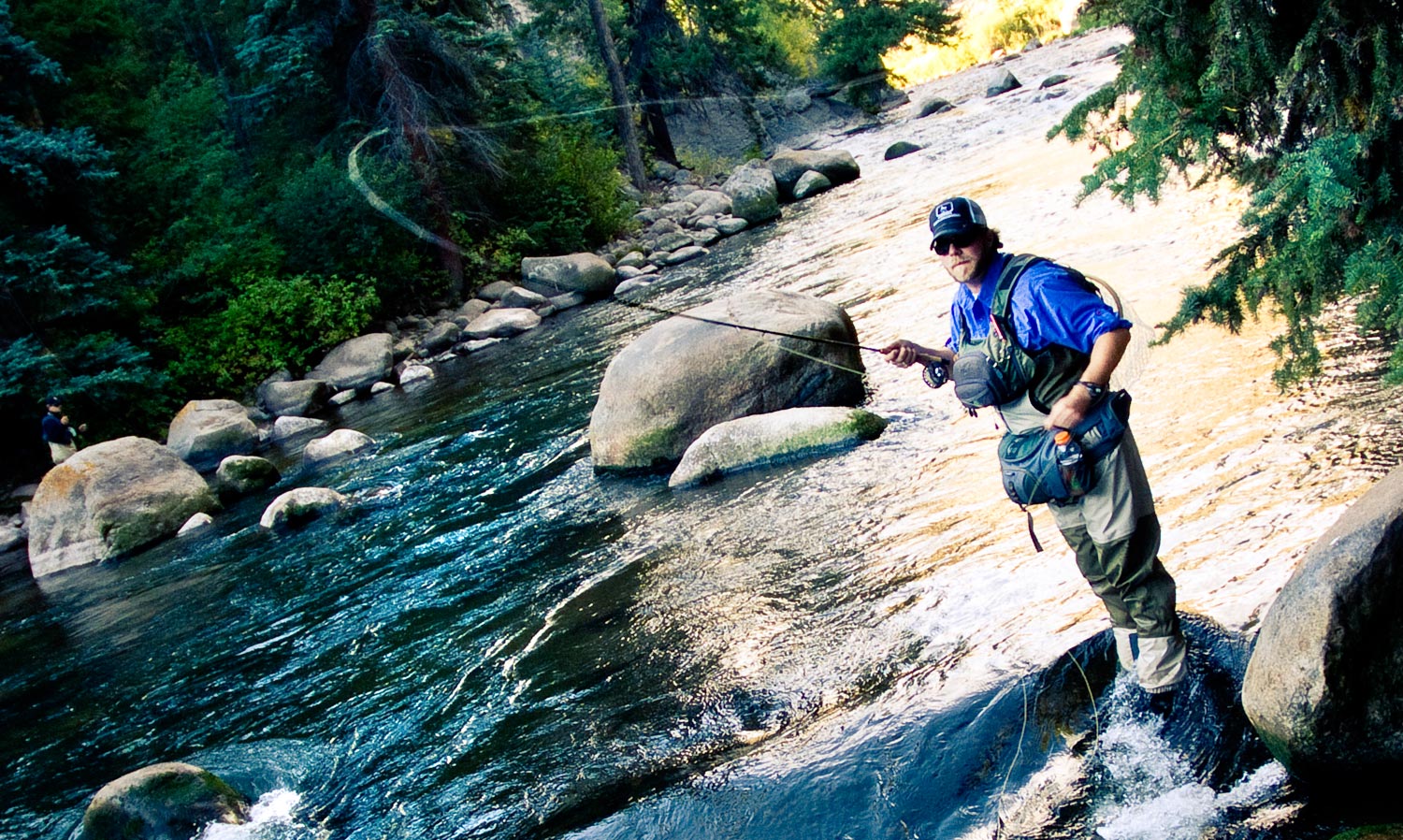
By Kyle Wilkinson
I give a lot of casting lessons through the shop and I’m still yet to meet an angler who doesn’t want to cast further and with higher line speed and power.
Most people I work with seem to think the key to a better forward cast is simply applying more power or casting “harder”. This couldn’t be further from the truth. Are there times when making a long cast (particularly into the wind) is going to need a little extra “umph” to get it out there? Sure. But this isn’t the only key to that success. In fact, it doesn’t matter how much extra power you give the forward cast, you’ll never get the results you want if you don’t do one key thing- make a perfect backcast.
I use the reference of golf a lot as well when teaching casting lessons. Not that I’m a great golfer by any means but I know enough to know that swinging the club twice as hard doesn’t make the ball go twice as far—trust me I’ve tried. The same is 100% true with a fly rod.
So before we jump into this handy little trick I’m about to share, if you only remember one thing from this message, let it be this. It is impossible to make a good forward cast if you make a bad backcast.
On almost every casting lesson I give, we easily spend at least 50% or more of the time just working on making a proper back cast. And while there are numerous nuances that I could dive into regarding this topic, this is how we always start things out. If you’ve found yourself frustrated by your casts, head to a local park and give this a try.
Strip out 40 or 50 feet of line and while standing with good posture and facing forward, make several false casts. Once you’ve made three or four and are carrying the line through the air it’s time to move on to step 2.
FREEZE
Read More »Sunday Classic / 6 Tips for Catching Suspended Trout
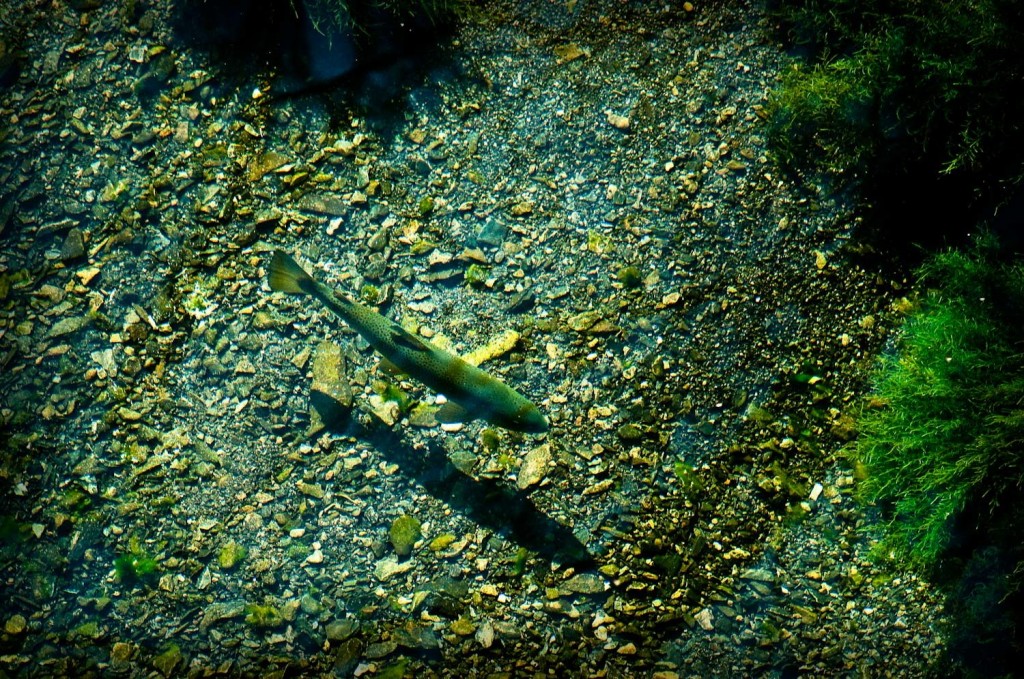
By Kent Klewein
One of the toughest situations I’ve encountered trout fishing over the years, is when trout are suspended in the water column and feeding in a stationary position.
These trout are usually too deep to persuade them to rise to your dry fly on the surface, yet are also holding too far up from the bottom for you to easily dredge your tandem nymph rig in front of them. Most of the time, this is a frustrating sight-fishing scenario for the fly angler, where all you see is the trout occasionally open and close its mouth. You can see the trout you’re trying to catch, but no matter how hard you try, you can’t seem to get your flies to drift in the correct feeding zone of the holding trout and get them to eat. I see this situation a lot on deep clear pools or on long and slow flowing runs, but you can also find this same situation in pocket water where eddies and irregular bottom structure provides slower water holding stations/sanctuaries for trout as well.
Make no excuse, these trout are catchable. It just requires a more technical approach and increased awareness of where your flies are drifting for you to find success. For fly anglers to catch trout in this situation they need to correctly match their fly fishing rig with the water they’re fishing, and slow down and concentrate on making quality presentations not quantity.
Tip 1: Get as close as you can to the sighted trout without spooking it.
I’ve found the trout that are suspended and feeding stationary, usually are also lazy. They don’t want to have to swim out of their position to feed, and that means fly anglers will need to make accurate and precise presentations, since the strike zone is so small. By getting close to your target you’ll find it much easier to keep your flies consistently drifting at the correct depth and in-line with the trout. Often if you’re positioned too far away, you’ll find one presentation will be good, and the next three will be off target. This might not seem like a big deal, but you’re not only trying to get good presentations, you’re also trying to read the fish to see if it likes your pattern or not as well. Getting into proper position and keeping your casting distance to a minimum will allow you to accomplish both much quicker.
Tip 2: Take the time to look for drifting food in the water before you choose your fly patterns
In the last tip, I said, “usually these suspended fish are lazy”. They are in the big spectrum, but it’s important to understand that when trout are suspended and feeding stationary, most of the time it’s because the trout are keyed in on a specific type of aquatic insect, that is drifting at the level the trout is holding. Spend a few minutes watching the feeding trout and look for any drifting bugs. If you see the trout continuing to feed regularly, but you can’t see any drifting food with your naked eye, a light bulb in your head should be going off and telling you to tie on fly patterns that are small. Try using a size 18-22 pheasant-tail nymph or a midge pattern. Don’t expect your size 10 woolly bugger to get the job done in this situation. Sometimes it will work, but most times, these fish are selectively feeding on small micro-invertabrates, and you need to downsize your flies to fool the trout into thinking it’s eating the same stuff it’s been feeding on the last couple hours.
Tip 3: Try a dry fly with two nymph droppers
Read More »Saturday Shoutout / The Unseen World Of Mousers
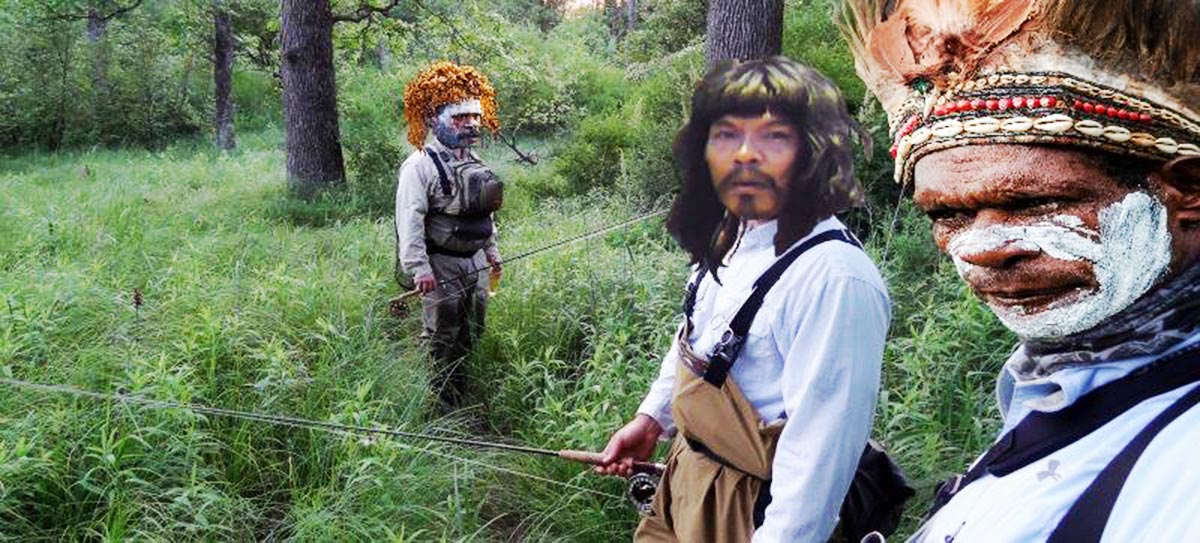
Mitt Monkey Special Correspondent Jason Tucker of Fontinalis Rising brings us a breaking story from Northern Michigan.
“It was once thought that mousers were just rogue solitary males. We didn’t even think they reproduced, or if they did, that they played no part in rearing their offspring. But this tribe was different- there were two females with them. We thought there were three, but one of them turned out to be a male. It means that they’re a tribe. It changes everything.”
Take a look into the mysterious and terrifying world of Mousers at michiganfly.com
“SCIENTISTS DISCOVER NEW TRIBE OF MOUSERS IN PIGEON RIVER COUNTRY”
Read More »New Tippet Leaders and Lines From RIO

Stronger tippet, trout spey lines and new light line trout tapers from RIO in 2016.
The new Power Flex Plus nylon leader and tippet material is the big news from RIO this year. There are a lot of details but the big picture is a much stronger monofilament leader material with uv protection and some extra material for your hard earned dollars. Better tippet means more fish landed.
In fly lines RIO is focusing on the light side for 2016, with new ultra-light trout spay lines for switch rods and delicate presentation lines for light weight single hand fly rods. Everything you need to get technical with one hand or two.
CHECK OUT THIS VIDEO WHERE SIMON GAWESWORTH WALKS US THROUGH ALL OF THE NEW PRODUCTS FROM RIO.
Read More »Fly Fishing: Why Tippet Size Can Be More Important With Nymphs
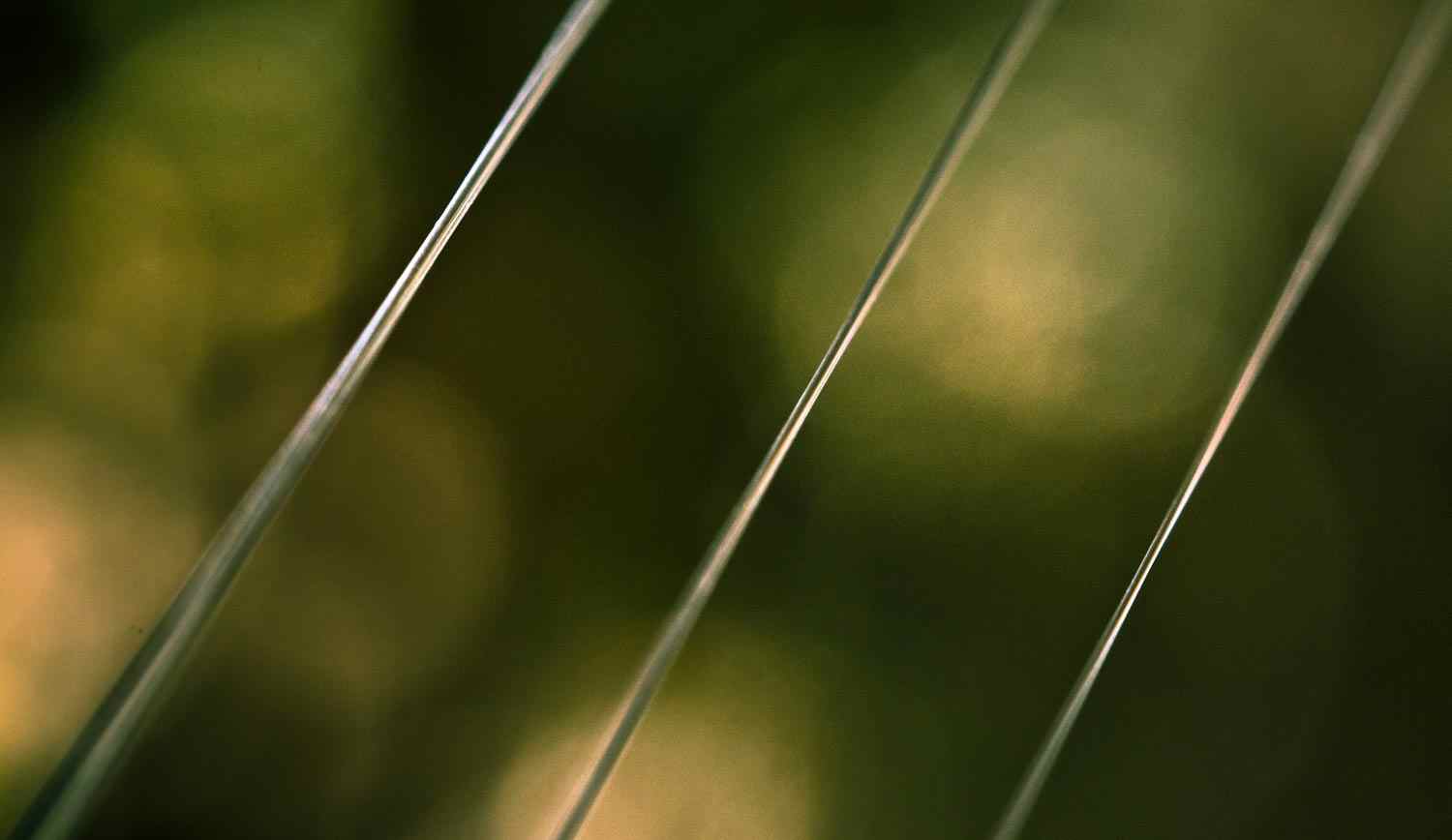
Dry fly fishing, makes for a much closer call, but I still stand by my belief, that tippet size is more important with nymphs. Largely because the two most important factors in dry fly fishing success, are an accurate presentation and a drag free drift. In certain situations, timing can be critical as well, for instance, when an angler is fishing to a trout actively feeding on the surface during a hatch. That being said, I wouldn’t go so far as to say tippet has no bearing in dry fly fishing. It’s just more common that the problem lies with a presentation off target (out of the target zone), a dry fly looking unnatural because of drag, or the dry fly was drifted over the trout when it wasn’t ready (repositioning after a recent feeding). If you’re certain you have all of the above correct, you’ve tried a few different patterns, and you’re still not getting bites, there’s a good chance your tippet is too large and needs to be downsized.
Read More »Unhang My Fly You Villain Stump!
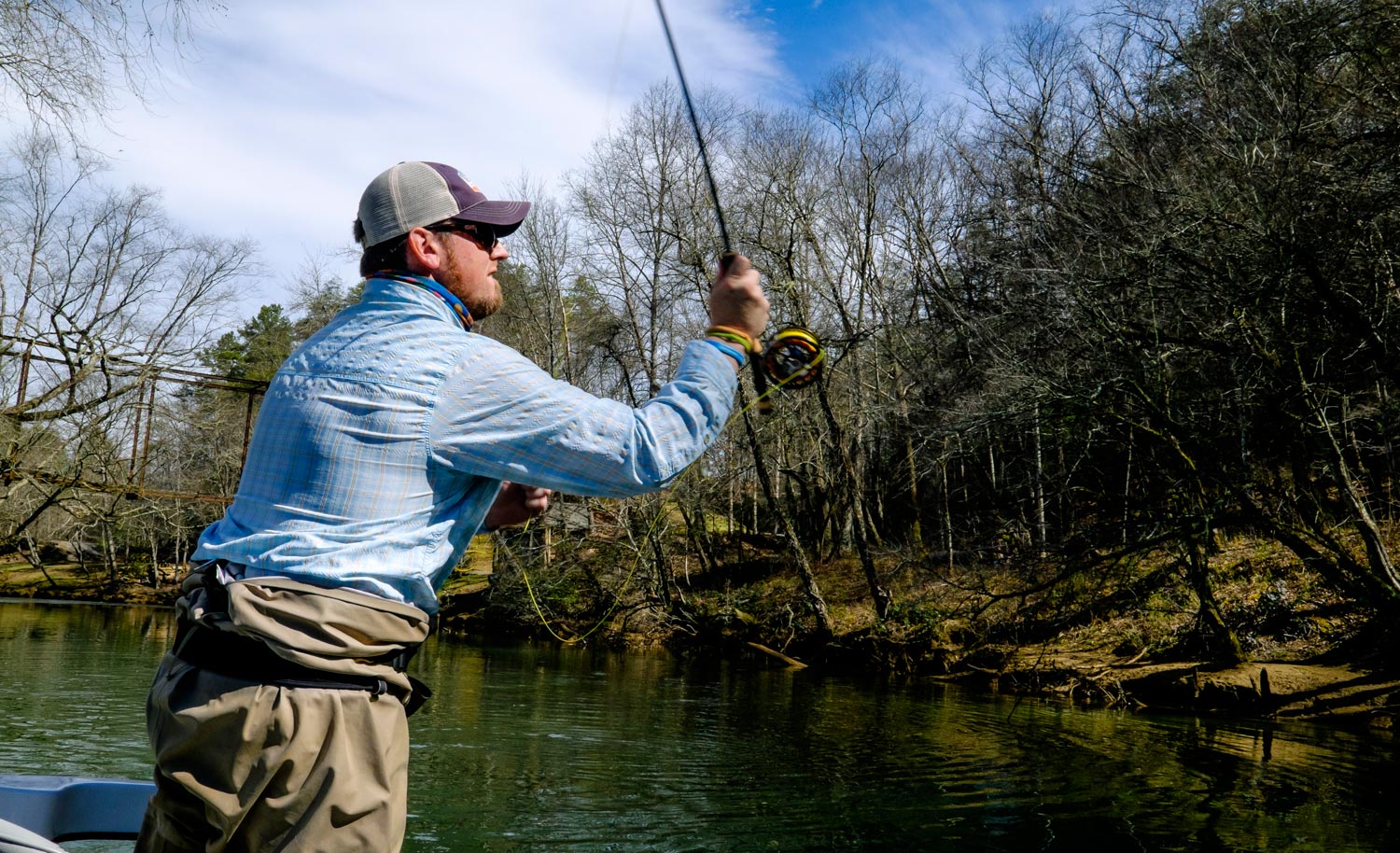
One of the unavoidable happenings in fly fishing is the oh-so-wonderful snag.
Overhead limbs, rocks, submerged timber, rhodo, your net man… you name it, it’s out there just waiting to snatch your fly from the air. A lot of the time it’s game over for your rig. You just have to break it off and move on after a short grieving period. There are, however, certain scenarios where one simple trick can save your flie(s) from being lost to the Water Nymphs. It’s by no means 100% effective, but it’s easy and worth a few tries before snapping your tippet.
First thing, if you’ve discerned that your fly is hung up on something solid on the bottom, or you’ve laid your flies across a log, or any other obstacle, sit tight for a second. Don’t set the hook into it any further! Before you going tugging on your rod like you’re Magnus Ver Magnusson, do this….
Strip in the majority of your line, leaving it just taught enough to lift your fly line above the water. Once the fly line is ABOVE the water, bring your fly rod tip to 12 o’clock like you would to make a roll cast. You may need to slip a little more line as you position your rod correctly. Once you’ve gotten everything situated, execute a firm roll cast straight at your fly. The loop created by the cast will transfer momentum past the fly, opposite of the direction that it was snagged, potentially releasing the hook from the snag. Didn’t work the first time? Try again, but this time
Read More »